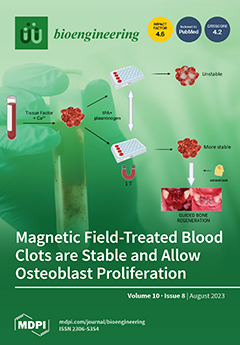Subarachnoid hemorrhage (SAH) denotes a serious type of hemorrhagic stroke that often leads to a poor prognosis and poses a significant socioeconomic burden. Timely assessment of the prognosis of SAH patients is of paramount clinical importance for medical decision making. Currently, clinical prognosis evaluation heavily relies on patients’ clinical information, which suffers from limited accuracy. Non-contrast computed tomography (NCCT) is the primary diagnostic tool for SAH. Radiomics, an emerging technology, involves extracting quantitative radiomics features from medical images to serve as diagnostic markers. However, there is a scarcity of studies exploring the prognostic prediction of SAH using NCCT radiomics features. The objective of this study is to utilize machine learning (ML) algorithms that leverage NCCT radiomics features for the prognostic prediction of SAH. Retrospectively, we collected NCCT and clinical data of SAH patients treated at Beijing Hospital between May 2012 and November 2022. The modified Rankin Scale (mRS) was utilized to assess the prognosis of patients with SAH at the 3-month mark after the SAH event. Based on follow-up data, patients were classified into two groups: good outcome (mRS ≤ 2) and poor outcome (mRS > 2) groups. The region of interest in NCCT images was delineated using 3D Slicer software, and radiomic features were extracted. The most stable and significant radiomic features were identified using the intraclass correlation coefficient,
t-test, and least absolute shrinkage and selection operator (LASSO) regression. The data were randomly divided into training and testing cohorts in a 7:3 ratio. Various ML algorithms were utilized to construct predictive models, encompassing logistic regression (LR), support vector machine (SVM), random forest (RF), light gradient boosting machine (LGBM), adaptive boosting (AdaBoost), extreme gradient boosting (XGBoost), and multi-layer perceptron (MLP). Seven prediction models based on radiomic features related to the outcome of SAH patients were constructed using the training cohort. Internal validation was performed using five-fold cross-validation in the entire training cohort. The receiver operating characteristic curve, accuracy, precision, recall, and f-1 score evaluation metrics were employed to assess the performance of the classifier in the overall dataset. Furthermore, decision curve analysis was conducted to evaluate model effectiveness. The study included 105 SAH patients. A comprehensive set of 1316 radiomics characteristics were initially derived, from which 13 distinct features were chosen for the construction of the ML model. Significant differences in age were observed between patients with good and poor outcomes. Among the seven constructed models, model_SVM exhibited optimal outcomes during a five-fold cross-validation assessment, with an average area under the curve (AUC) of 0.98 (standard deviation: 0.01) and 0.88 (standard deviation: 0.08) on the training and testing cohorts, respectively. In the overall dataset, model_SVM achieved an accuracy, precision, recall, f-1 score, and AUC of 0.88, 0.84, 0.87, 0.84, and 0.82, respectively, in the testing cohort. Radiomics features associated with the outcome of SAH patients were successfully obtained, and seven ML models were constructed. Model_SVM exhibited the best predictive performance. The radiomics model has the potential to provide guidance for SAH prognosis prediction and treatment guidance.
Full article
 to open them.
to open them.





